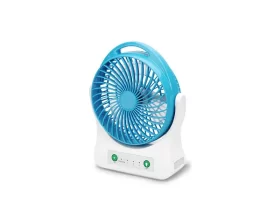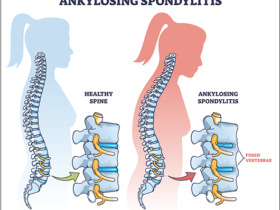As the golden years unfold, transitioning into a senior care home can be daunting and liberating. Embracing this new chapter often involves downsizing and adjusting to a different lifestyle. Bringing along a carefully curated set of essential items is crucial to ease the transition and ensure a comfortable and homely environment. Here’s a comprehensive guide to the must-haves when moving into a senior care home.
Personal Documents
Personal identification, medical records, insurance documents, and legal paperwork are essential. These documents are vital for ensuring proper care and can expedite the settling-in process.
Comfortable Clothing
Pack a variety of comfortable and weather-appropriate clothing. Include items that are easy to put on and take off, considering any mobility issues. Don’t forget comfortable shoes and slippers for daily use.
Bedding and Linens
Familiarity breeds comfort, so bring your bedding, including sheets, blankets, and pillows. This will provide a sense of home and ensure a good night’s sleep.
Personal Mementos
Decorate your new space with personal mementos like family photos, cherished artwork, or sentimental objects. These items create a warm and familiar ambiance to help combat any initial feelings of displacement. Care homes, such as Mavern House, often encourage bringing items from home to help with the transition.
Toiletries and Personal Care Items
Your favorite toiletries, from shampoo to toothpaste, should be on your packing list. Personal care items like razors, combs, and specialized products should also be included. Maintaining personal hygiene is crucial for overall well-being.
Assistive Devices
Depending on individual needs, consider bringing along assistive devices such as hearing aids, walkers, canes, or wheelchairs. Ensure these items are in good working condition, and don’t forget spare batteries if needed.
Medication and Medical Supplies
Keep medications organized and bring an ample supply to last through the initial settling period. Include any medical supplies or equipment prescribed by healthcare professionals.
Favorite Books or Hobbies
Don’t leave it behind if you’re an avid reader or have a favorite hobby. Bring along a selection of books, knitting supplies, puzzles, or whatever brings you joy. Engaging in familiar activities can help ease the transition.
Electronics and Chargers
In the digital age, staying connected is more important than ever. Bring your phone, tablet, or laptop, along with chargers. This allows you to keep in touch with loved ones and enjoy entertainment at your convenience.
Adaptive Kitchenware
Consider bringing adaptive kitchenware like easy-grip utensils or specialized plates if the senior care home allows it. This can enhance independence during meal times.
Emergency Kit
Prepare for unforeseen circumstances by packing an emergency kit. Include essentials like a flashlight, spare batteries, a first aid kit, and emergency contact information.
List of Important Contacts
Have a list of essential contacts readily available. This includes family members, friends, doctors, and other individuals who may need to be contacted in an emergency.
Calendar and Reminder System
Maintain a sense of routine and organization by bringing a calendar or planner. This can help you keep track of appointments, activities, and important dates.
Memory Aids
For those dealing with memory issues, consider bringing memory aids such as labeled drawers, reminder notes, or other organizational tools to facilitate daily tasks.
Open Mind and Positive Outlook
Lastly, but most importantly, bring an open mind and a positive outlook. Moving into a senior care home is a significant life change; embracing it with optimism can make the transition smoother.
Conclusion
Moving into a senior care home is a significant life transition, and having the right essentials can make the process more comfortable and reassuring. Individuals can create a familiar and welcoming environment in their new home by bringing personal items, comfort pieces, and practical necessities. The key is to balance practicality and sentimentality, ensuring the new living space is functional and emotionally fulfilling.











